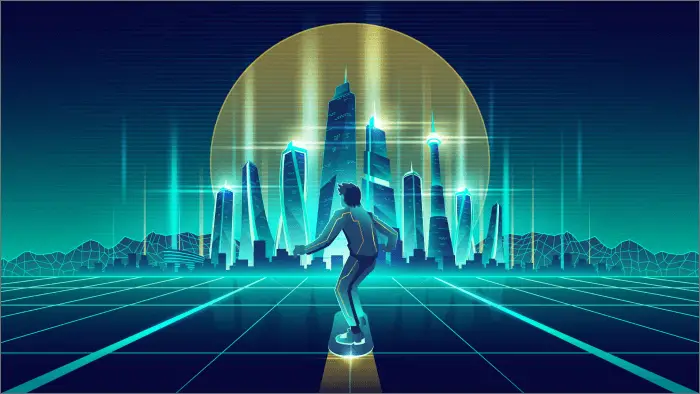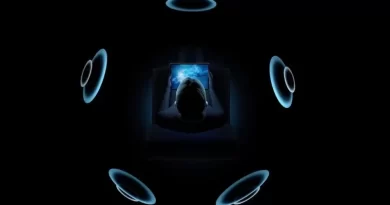Constructing the Metaverse: The Technologies That Power the Virtual World
An immersive experience in the metaverse will be provided by a combination of augmented reality, virtual reality, the Internet of Things (IoT), cryptocurrency and blockchain technology, and 3D reconstruction.
Several technologies have converged to create the metaverse, enabling multimodal interactions between people, digital objects, and virtual spaces. We anticipate that an immersive experience in the metaverse will be provided by a combination of augmented reality, virtual reality, the Internet of Things (IoT), cryptocurrency and blockchain technology, and 3D reconstruction. However, it is unknown how much some of these important technologies will contribute to the development of the metaverse.
What Exactly Is the Metaverse?
The metaverse concept has gained popularity as a result of Facebook’s rebranding as Meta. The story of the metaverse begins with Neal Stephenson’s 1992 novel Snow Crash. The story depicted a virtual world that used technologies such as augmented reality, virtual reality, and the internet.
The metaverse is a mash-up of several technological entities, including the internet, augmented reality, virtual reality, and others, in which people “live” within a digital realm. Through events such as virtual conferences, concerts, and tours held all over the world, metaverse enthusiasts can interact with one another, work, have fun, and stay in touch with friends.
Metaverse Inception
Sir Charles Wheatstone introduced the concept of “binocular vision,” which combines two images—one for each eye—to create a single 3D image, in 1838, long before the metaverse was even thought of. This idea sparked the development of the stereoscope, a device that creates the illusion of depth in an image. The same idea is now being applied to modern VR headsets.
We now refer to “the metaverse” as a fully immersive internet where we can access and experience augmented and virtual reality, as well as interact with virtual worlds through avatars and cutting-edge digital technologies. It has grown significantly since the invention of binocular vision.
From a macro perspective, the metaverse’s evolution typically consists of three sequential phases:
Virtual Twins
The metaverse is currently in its first phase. The creation of a mirror world comprised of large-scale, very accurate digital twins of people and objects in virtual environments to create a lifelike digital reproduction of the actual world is referred to as Digital Twin. In this phase, there are two parallel spaces and virtual activities: reality and virtuality. Furthermore, properties such as user movement and emotion are facsimiles of their physical counterparts.
Digital Nomads
Avatars representing digital natives can produce insights and inventions inside virtual spaces, where digital natives focus primarily on developing native content. Only in virtual spaces can digital natives exist. During this stage, massively produced digital content will be on par with its physical counterparts, and the digital world will be able to influence and advance the physical world’s production process. This will improve interactions between these two worlds.
Surreality
The metaverse matures and develops into a durable, self-sustaining virtual reality that absorbs reality into itself in the final phase, Surreality. Mutual symbiosis and seamless integration of the physical and virtual worlds will occur, with the virtual world’s scope being greater than the real world’s. Furthermore, in virtual realms, more lives and scenes that do not exist in reality can exist. This phase represents the metaverse’s future.
The Metaverse’s Future
Although the metaverse is still in its infancy, several companies are actively exploring its potential. The Sandbox and Decentraland are well-known projects in the crypto ecosystem, but major corporations such as Facebook, Microsoft, and NVIDIA are also interested in the space.
We may see interesting new features in these virtual, limitless worlds as AR, VR, and AI technologies advance. Designers, engineers, and other creators can already collaborate virtually thanks to NVIDIA Omniverse. This open platform merges three-dimensional spaces into a single shared universe. In the same vein, we anticipate additional offerings in the future.




